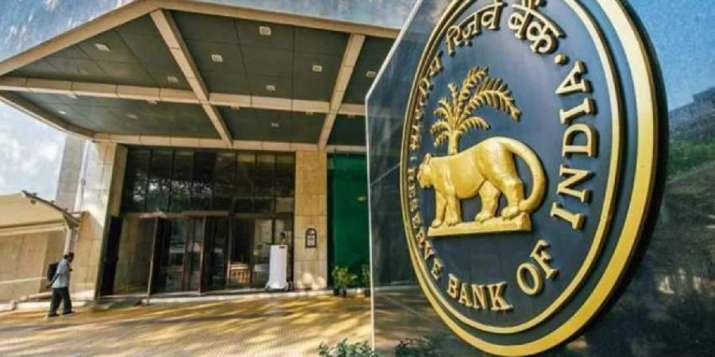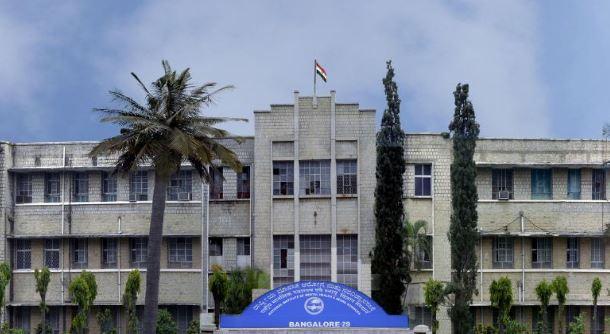Rupee levels too crucial for inflation management

Background:-
- Rupee levels too crucial for inflation management
- The Indian Rupee is a reflection of the fundamental strength of the Indian economy. Over a longer period of time, the INR has weakened against the Dollar, but in the shorter term the INR is impacted by a lot of technical factors and demand/supply factors.
- In the past five years, the nominal exchange rate of the rupee has fallen some 4 per cent in CAGR terms (rupee down from 59/60 to the current 71 levels).Therefore, if the “real” exchange rate has appreciated despite steady nominal rate depreciation, it seems a reasonable inference that the relative inflation position of Indian exports is not as favourable as projected.
- The rupee has already lost 2.6% against the dollar so far this month, since the pandemic hit the country early last year.
- RBI manages the value of the rupee with several tools, which involve controlling its supply in the market.
- Exchange rate management by the Reserve Bank of India will help the central bank to manage inflation according to SBI economists. Inflation could be impacted by 0.1-0.13% for every 1% change in exchange rate, according to their study.
Linkages:-

Current situation:-
- The prospects of higher domestic inflation, as supply disruptions is not doing any harm for RBI to lean with the wind and let rupee appreciate as it is reducing imported inflation when metal prices are rising, and clearing the liquidity to some extent, said group chief economic advisor Soumya Kanti Ghosh and his team in the report.
- The large supply of dollars will ensure that rupee will appreciate from the current levels and this could potentially play to the advantage of RBI in inflation management”
- Also, Estimates of exchange rate passes through some moderation during the flexible Inflation targeting period. As per report, inflation can still alter by 0.1-0.13% for every 1% change in exchange rate, warranting that the exchange rate be closely monitored as a key information variable for the conduct of monetary policy.
- For an inflation targeting regime, the key target variable is inflation but in the current situation growth concerns outweigh inflationary pressures. So the MPC will have to be watchful of an depreciation induced inflation.
Impact:-
- Appreciation of the rupee can bring down inflation.
- The factor that is likely to have influenced the Central bank is the impact of dollar buying on domestic inflation.
- The typical policy instrument used by RBI or the Monetary Policy Committee to target inflation is interest rates. However, increasing interest rates at a time when the economy is contracting can have disastrous effects. This ties the hands of RBI as it attempts to fight inflation while supporting revival.
- By allowing rupee to appreciate, it is allowing imports to become cheaper which could offset the impact of an increase in duties or any inflationary pressures in the global market on India’s inflation.
- As a impact rbi will have to keep Indian rupee stable and stronger to keep inflationary conditions under check. Already with falling income and rising unemployment, the masses have been put to greater hardships and further the inflation put additional financial burden on economy.
Concepts Explained:-
- Exchange rate:
- An exchange rate is the value of one nation’s currency versus the currency of another nation or economic zone. There are two kinds of exchange rates—floating and fixed.
- CAGR:
- Compound Annual Growth Rate (CAGR) is the annual growth of the investments over a specific period of time.
- MPC:
- The Monetary Policy Committee (MPC) is a committee of the Central Bank in India (Reserve Bank of India) headed by its Governor.
Content contributed by- Vaishnavi Dahivalikar








